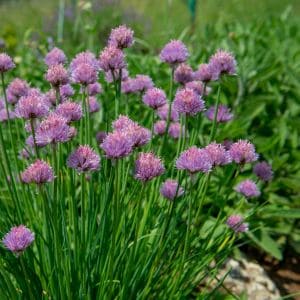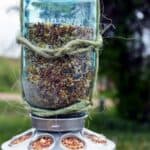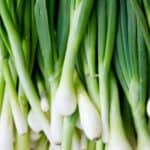Growing chives is easier than you might think, whether you have a big garden or just a small pot on your windowsill. Chives grow well in full sun or partial shade and need well-drained soil, making them a low-maintenance herb perfect for beginners. You can start them from seeds or divisions, and with simple care, you’ll have fresh chives ready to harvest pretty quickly.
This post may contain affiliate links.
These tasty herbs add a mild onion flavor to many dishes and also produce pretty edible flowers. They do well in garden beds, borders, or containers, so you can grow them almost anywhere. Once you learn how to plant and care for chives, you’ll enjoy fresh herbs year-round with very little effort.
Related Article: How to Dry Lavender: Simple Techniques for Preserving Its Fragrance
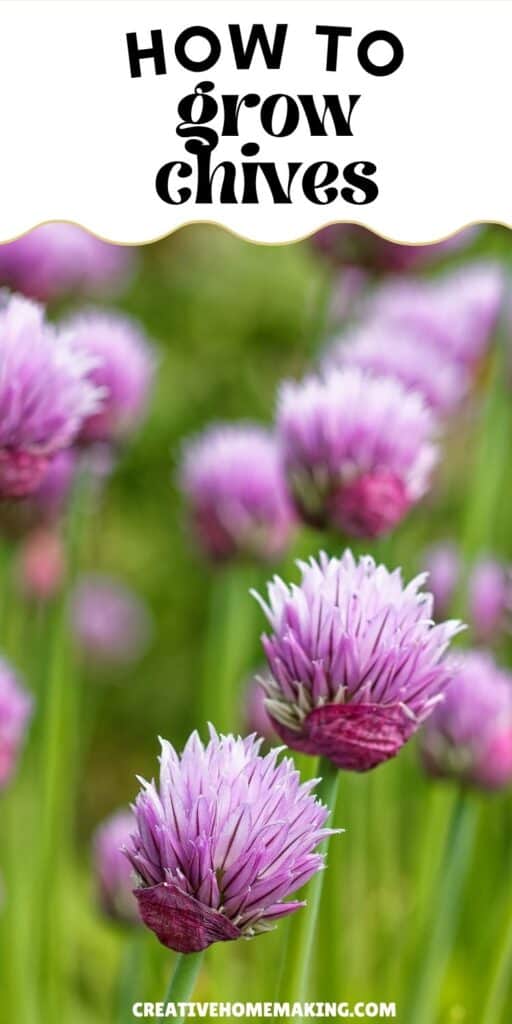
How to Grow Chives Successfully
Growing chives well depends on picking the right spot, getting the soil ready, and choosing how to plant them. Each step helps your chives grow healthy and strong so you can enjoy fresh leaves all season.
Choosing the Best Location
Chives need plenty of sunlight to grow their best. Aim for a spot that gets at least 6 hours of direct sunlight every day. If you don’t have a garden, you can grow them in pots on a sunny windowsill or balcony.
Choose a spot with good air circulation but sheltered from strong winds. This helps prevent disease and damage to the plants. Also, make sure the soil drains well and doesn’t stay soggy after rain or watering.
Related Article: Companion Plants for Chives to Boost Your Garden’s Health and Flavor
Preparing the Soil for Chives
Chives prefer soil that is rich and drains well. Before planting, loosen the soil and mix in organic compost or well-rotted manure to add nutrients. This gives your chives a good start.
Test the soil pH if you can. Chives like a pH between 6.0 and 7.0, which is slightly acidic to neutral. Avoid areas where water pools, as soggy soil can cause root problems.
You don’t need heavy fertilizing during the season if your soil is rich, but a light feeding of balanced fertilizer in early spring helps growth.
Related Article: How to Dehydrate Onions: A Beginner’s Guide
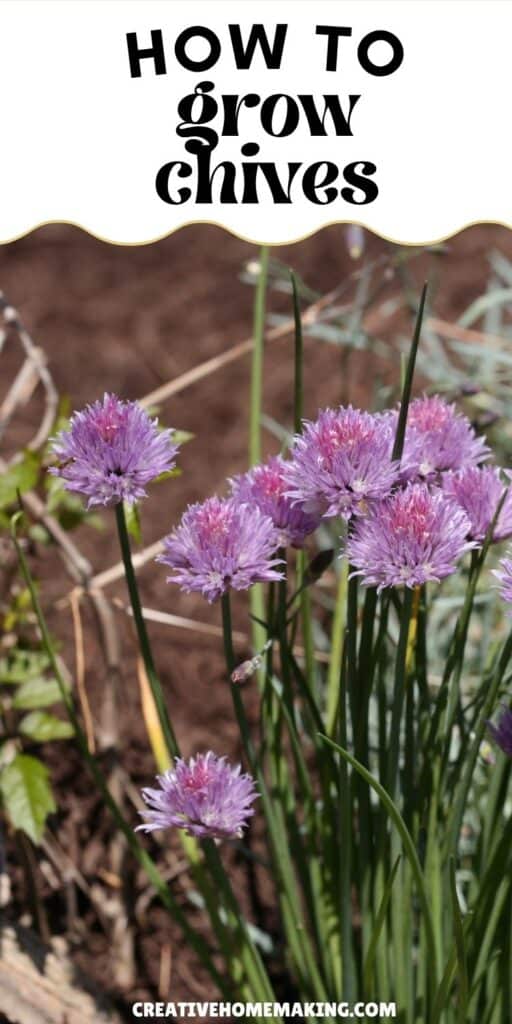
Planting Chives from Seed or Transplants
You can start chives indoors from seed or buy young plants from nurseries. Seeds take longer to grow, so starting indoors early gives them a head start before planting outside.
When planting seeds, press them lightly into the soil and keep the soil moist. Germination usually takes 7 to 14 days. If using transplants, space each plant about 8 to 12 inches apart to give room to grow.
Water your new plants regularly but avoid overwatering. Once mature, chives can handle some dry spells but grow best with consistent moisture.
Chive Plant Care and Harvesting
To keep your chives healthy and productive, focus on consistent watering, proper feeding, and timely pruning. You will also need to watch for common pests and diseases to protect your plants. Careful attention lets you enjoy fresh, flavorful leaves all season.
Watering and Feeding Chives
Chives like soil that stays evenly moist but not soggy. Water your plants when the top inch of soil feels dry. In hot weather, you might need to water every few days. Avoid letting the soil dry out completely, as chives don’t do well in drought.
Feed your chives with a balanced fertilizer or organic compost once a month during the growing season. This gives them the nutrients needed for healthy growth. Too much nitrogen can reduce leaf flavor, so use moderate amounts.
Mulching around the base helps keep moisture in and prevents weeds, which compete for water and nutrients.
Pruning and Harvesting Techniques
Regular harvesting encourages your chives to keep growing. Use sharp scissors to cut leaves down to about 1-2 inches above the soil. This stops damage to the base and lets new shoots grow fast.
You can start harvesting when plants reach 6 inches tall. Avoid cutting more than one-third of the plant at a time to keep it healthy.
If your chives flower, you can trim off the blooms. This focuses the plant’s energy on leaf growth instead of seed production.
Every few years, divide your chive clumps in early spring to keep them vigorous. Just dig up the plant, separate sections, and replant them.
Managing Pests and Diseases
Chives are hardy but watch for common pests like aphids and thrips. You can spray them off with water or use insecticidal soap if infestations get serious.
Keep your plants well spaced for good air circulation. This helps prevent fungal problems like powdery mildew.
If you notice yellowing or limp leaves, remove the damaged parts immediately. Clean up dead leaves to reduce disease risks.
Rotating your chives to new spots every few years lowers chances of soil-borne diseases. Avoid planting chives where onions or garlic have grown recently to reduce pest buildup.
Follow my Chives board on Pinterest.
